There can be your advertisement
300x150
Carpet in Interior: 10 Answers to the Most Relevant Questions
Carpet covering is not only an accent element of interior design but also a connecting link between furniture, interior items, and room finishing. Carpets set the mood, highlight the style of a room, and what is important, can influence the space by increasing or decreasing its perceived size. Finally, plush floor decor brings an unparalleled sense of comfort and warmth into the home. But for a carpet to become a worthwhile purchase and a true design object, it is essential not to miss several nuances. We publish answers to the most relevant questions about carpets in interior design.
1. Is a carpet suitable for wall decoration?
It should not be considered a relic of Soviet past. Modern designers offer many solutions where wall carpets look stylish and current. It is important that the texture and color palette of the carpet complement the wall finishing and overall interior design. However, a wall carpet is good not only from a decorative point of view: in angular rooms with cold walls, a dense carpet can serve as an insulator and noise barrier.

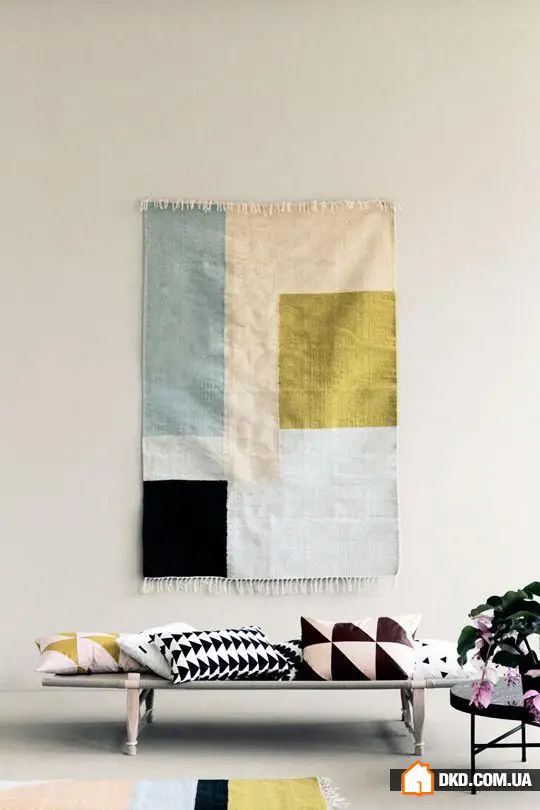
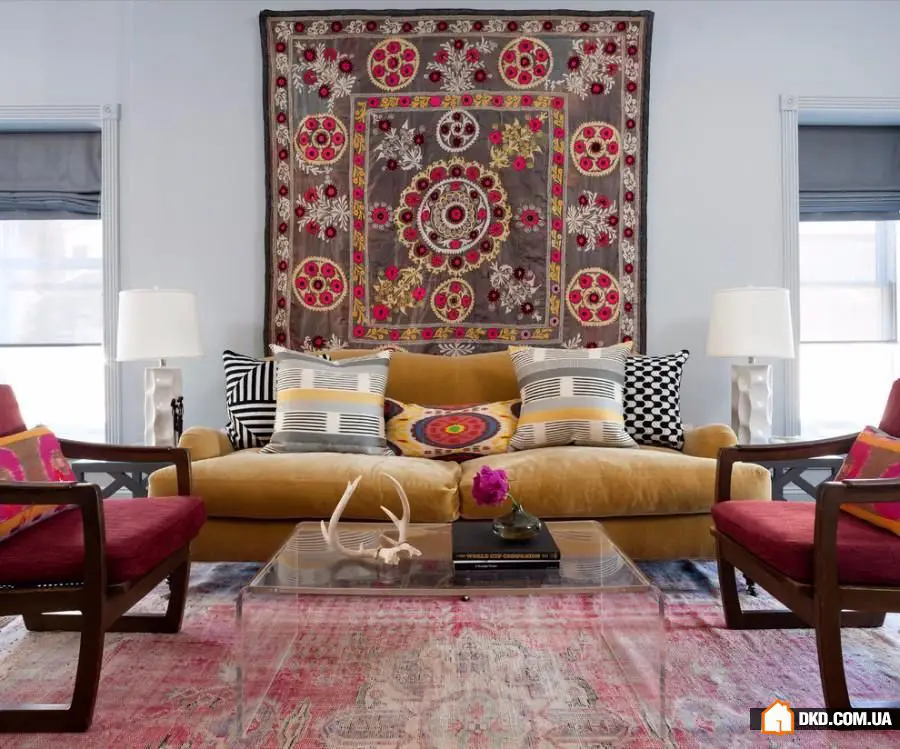
2. Can one carpet be placed on top of another?
Why not? Such an unconventional solution will allow creating an unusual composition on the floor or making necessary accents. The pattern or background of one carpet can beautifully complement the design of another. Layering carpets fits perfectly into interiors with oriental themes. It is advisable to use carpets of different textures: for example, lay a thin carpet with dense weaving as a base and place a wool carpet with thick pile on top.
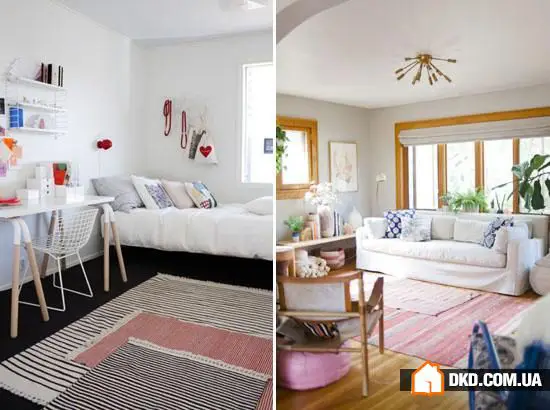

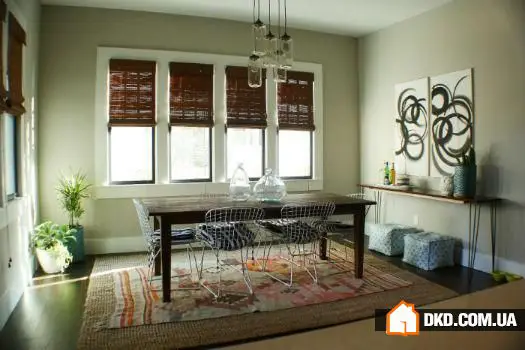
3. Should a carpet with a pattern or monochrome?
First and foremost, consider the color palette and style of the room. A monochrome carpet is almost universal; it fits well into any interior style. It is especially appropriate when walls or ceilings are colorful. However, vibrant patterned carpets can "harmonize" elements of interior design that differ in style and color. But the colored carpet should be relatively small in size.
Carpets with geometric patterns can play a cruel joke on small spaces by visually narrowing the room. It is better to choose striped carpets instead. Do not allow the wall color and carpet color to match, otherwise they will blend.


4. What texture should a carpet have?
The question about the texture of a carpet is no less important than the question about its color. You need to take into account not only the style of the room but also its purpose. For example, in a hallway, corridor, or dining room, it is better to choose carpets with dense, wear-resistant surfaces. In less frequently used areas, you can use carpets with long, soft pile made of natural materials (wool, silk, fur).
For a child's room, it is better to prefer carpets of medium density with short pile – they are safer for a child's health and practical in maintenance. Textured carpets made of cotton or jute look great in dining rooms or on kitchens, contrasting beautifully with wooden, ceramic, or marble floors. To avoid mold formation in humid rooms, lay acrylic carpets.
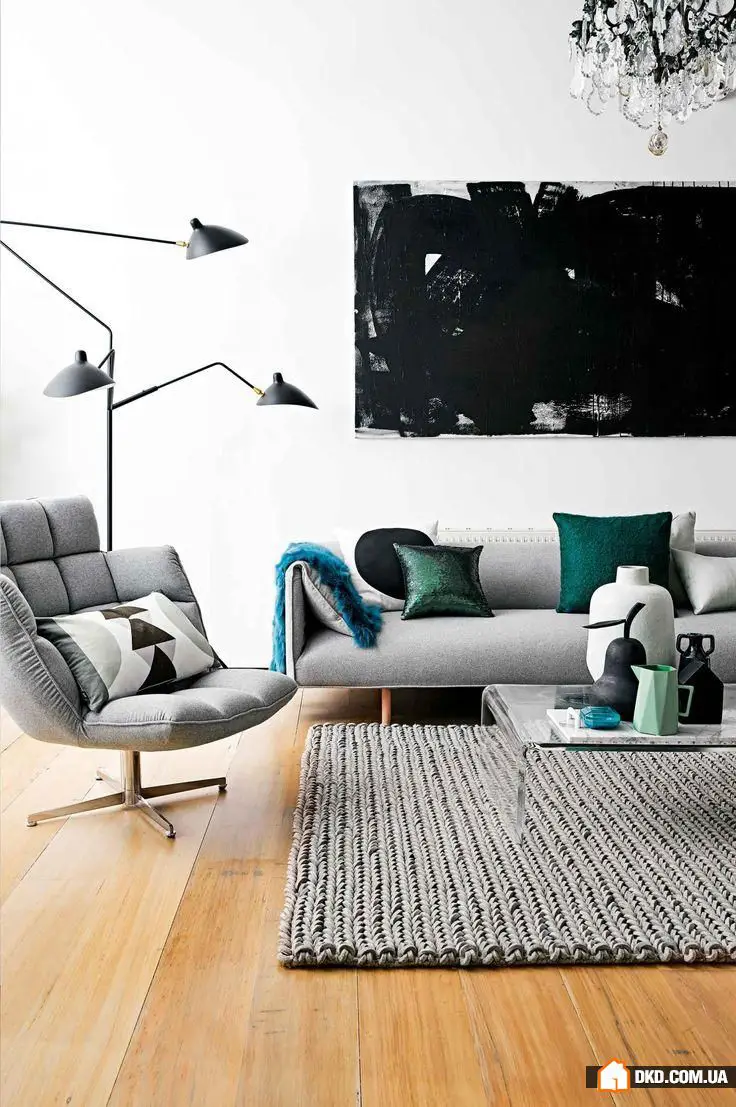

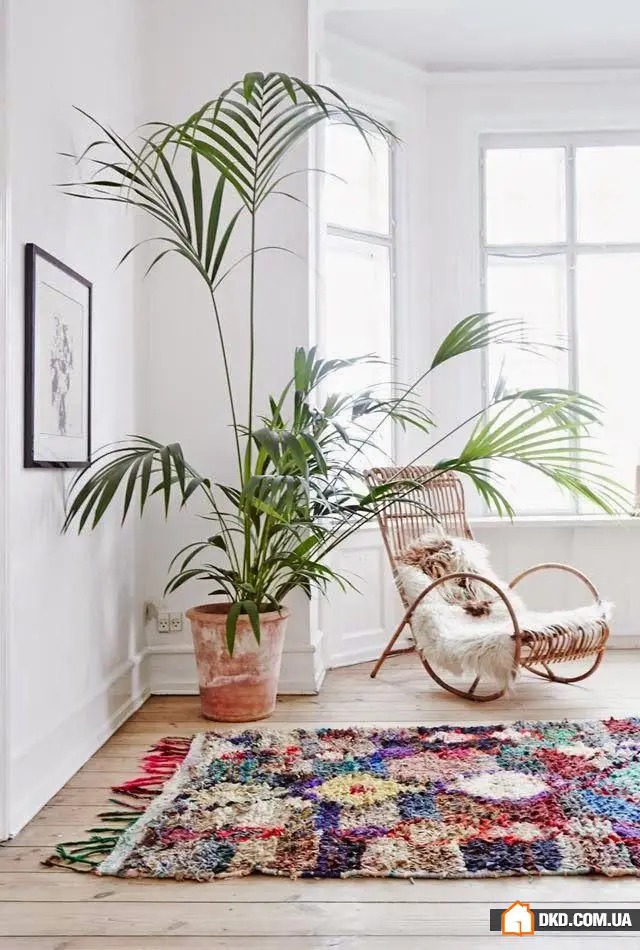
5. Should one prefer natural or synthetic carpet?
Carpets with natural pile not only look beautiful and prestigious but also retain warmth in the room. Compared to other materials, wool carpets are most resistant to stains, wear, mechanical impact, and practically do not fade. In addition, wool carpets meet high quality standards and are an element of ecological interior design.
Synthetic carpets are most affordable in price, hypoallergenic, but their quality significantly lags behind natural coverings. They are less durable, quickly lose their appearance – they wear out, fade, and clean poorly from stains.
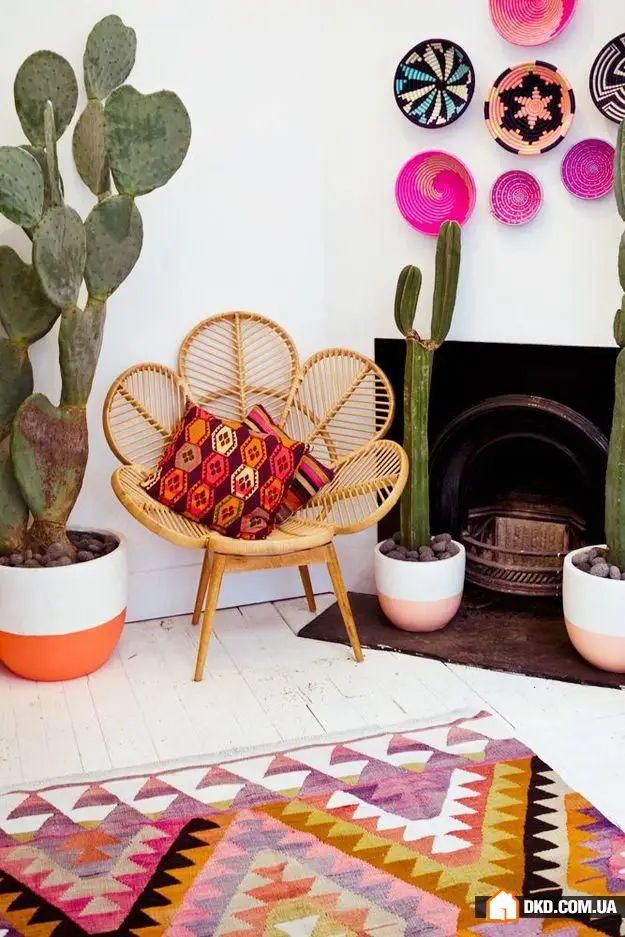
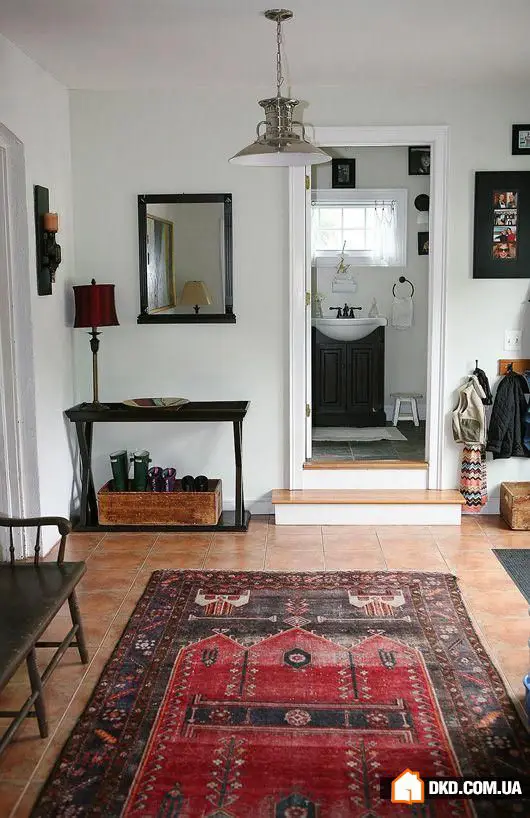

6. Where is it better to place a carpet?
It is not enough to decide on the location of the carpet; it is important to lay it correctly, proportionally to the furniture around it. Do not cover the boundaries between different floor coverings with a carpet. In a dining room, the carpet usually covers the entire area under the table and chairs, while in a living room it is placed closer to the front part of the sofa with an obligatory free space from the wall (at least 10–20 cm).
To avoid the so-called postal stamp effect, designers recommend moving small carpets under the sofa by about 15 cm. Soft furniture in a living room is preferably placed at the head of the carpeted area to visually expand the space. It works well when the carpet line runs parallel to a load-bearing wall, door, cabinet, or fireplace.
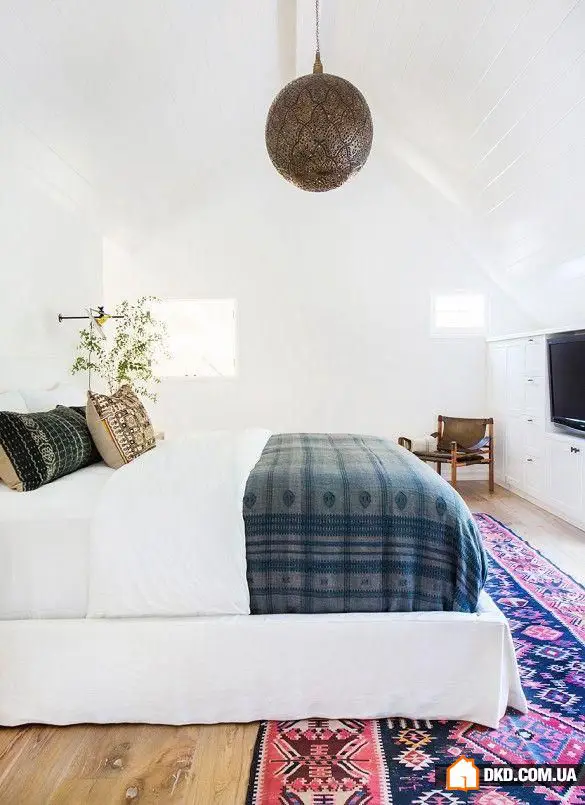
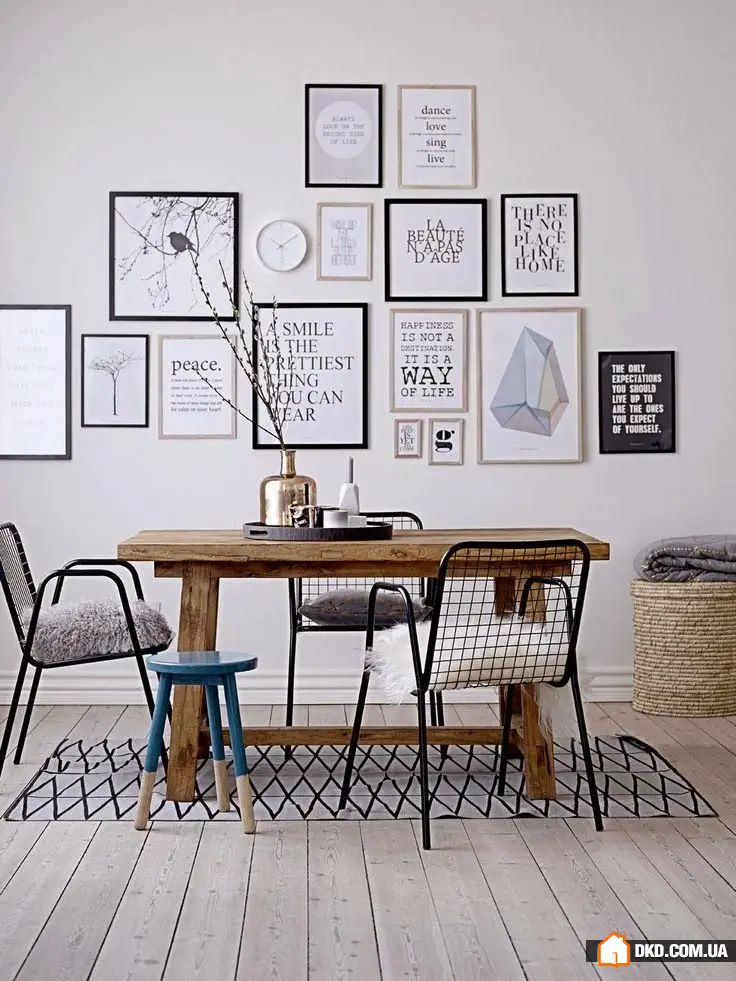

7. How to check the quality of a carpet?
The first thing you need to do is ask the seller for the product certificate, which contains necessary information about the item. However, not all carpets at Eastern bazaars and flea markets have a certificate. In this case, smell the carpet: it should not emit a sharp odor indicating the use of harmful chemical dyes. It is useful to touch and test the resilience of the carpet surface – quality fibers quickly restore their shape after pressing.
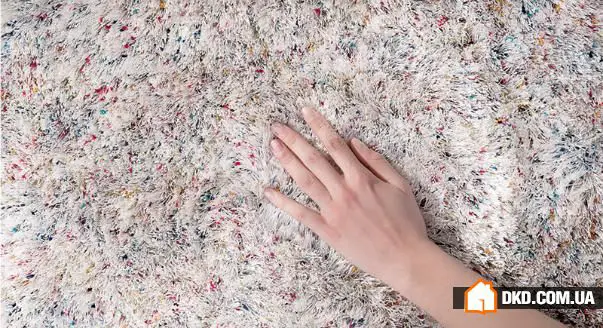

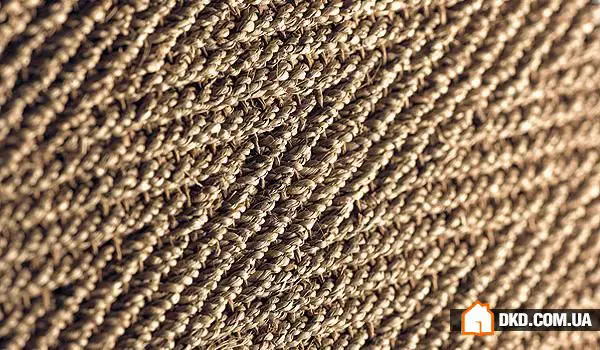
8. What size carpet is better to choose?
A carpet is an excellent way to manage space in a room, but with the wrong choice of size and placement, it can ruin your design ideas. A carpet that is too small will get lost, while an overly large one can visually reduce the room.
Doors that open into the room should not touch the carpet. The larger the area of the floor not covered by a carpet, the more contrast should be in the carpet's color compared to the floor and vice versa. Key areas in a room are well highlighted by an average-sized carpet (up to 2–2.5 m). Small, vibrant carpets are great for placing color accents. It is important that the feet of people sitting on soft furniture or chairs are on the carpet.

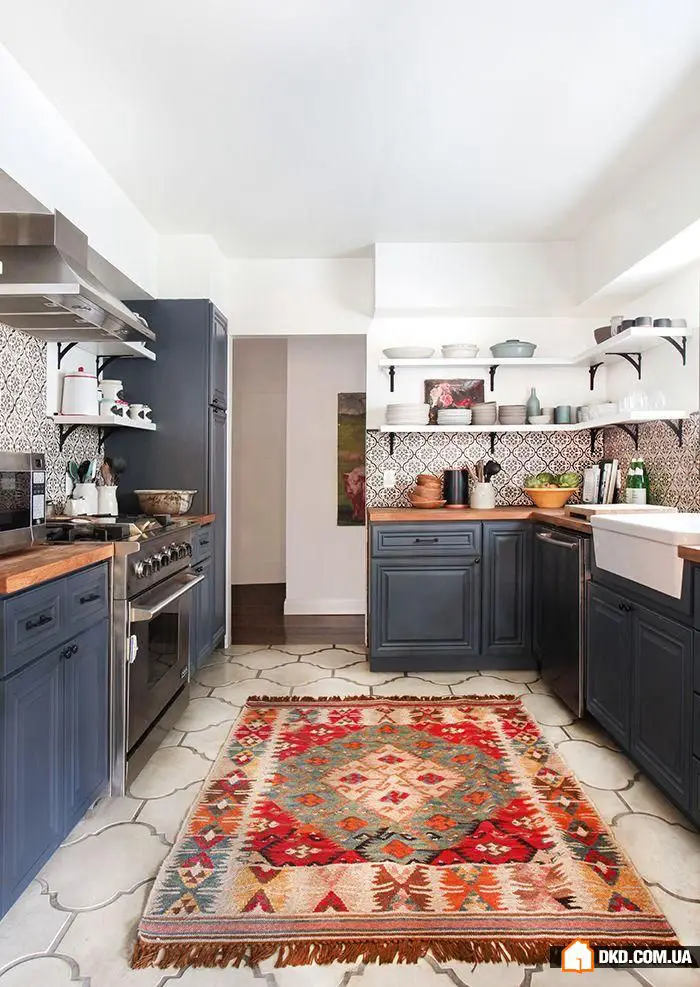
9. How to combine carpets with interior design style?
Matching the carpet to the style of the interior is a crucial factor in its selection. For modern and minimalism, it is better to choose carpets in strict monochromatic tones with restrained geometric symbols. Art carpets styled in the manner of 20th-century avant-garde are particularly popular.
In hi-tech interiors, carpets are rare but not impossible. A monochromatic carpet in cool tones will not spoil the shine of smooth surfaces. In classical interiors, carpets with baroque patterns, floral motifs, and French designs are appropriate.
In a countryside-style room, carpets with rough texture, colorful patterns, or patchwork techniques look great. A living room in English style suggests carpets in copper, green, and burgundy tones. Mediterranean lightness and romance are supported by carpets in orange, blue-green, brown, and white-blue tones with mosaic patterns.



10. How to care for a carpet?
When purchasing a carpet, do not forget to ask the seller for information about the special care requirements of the item. In addition to weekly cleaning with a vacuum cleaner, carpets with natural pile require professional cleaning every three to five years, and items with long pile – annually.
To remove stains and watermarks from the carpet, try to get rid of them as soon as possible – do not delay. To avoid damaging the pile and preventing long-term cleaning issues, move the vacuum brush perpendicular to the edge. For caring for thin carpets, it is better to use vacuum cleaners with variable speed settings. Cyclonic vacuum cleaners and turbo brushes, useful for removing pet hair, can damage thin carpet coverings.


More articles:
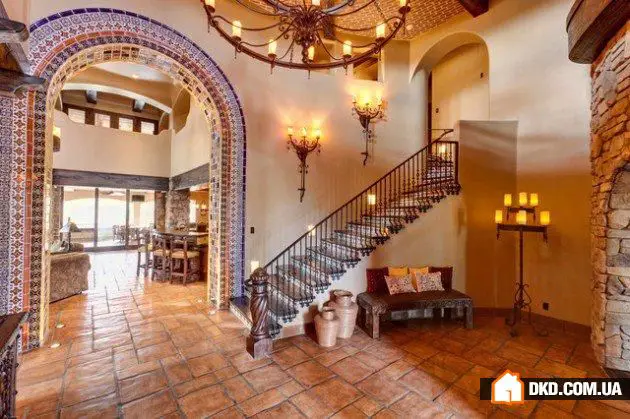 16 Stylish Mediterranean-Style Staircase Designs for Elegant Interiors
16 Stylish Mediterranean-Style Staircase Designs for Elegant Interiors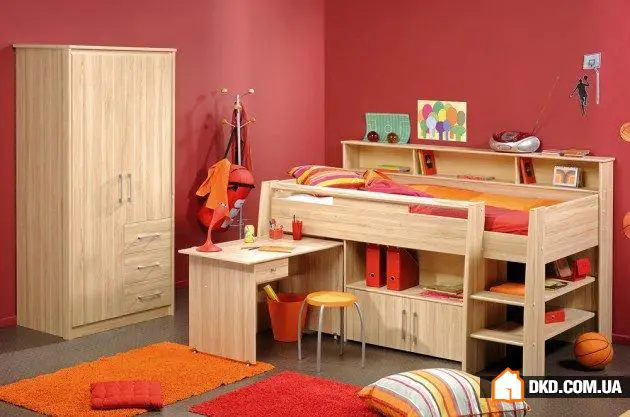 17 Design Ideas for Children's Playroom
17 Design Ideas for Children's Playroom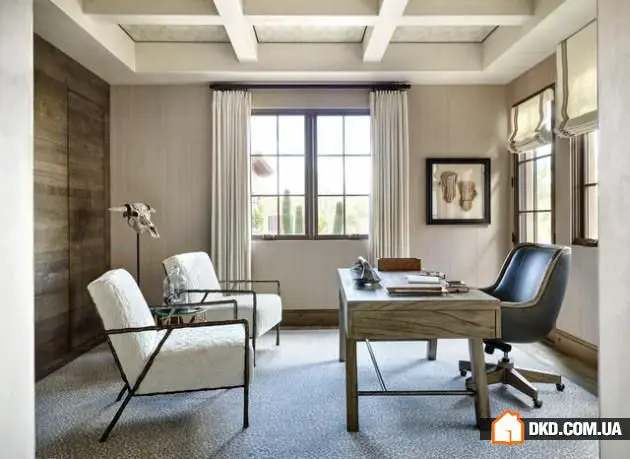 16 Mediterranean Home Office Design Ideas That Inspire Your Business
16 Mediterranean Home Office Design Ideas That Inspire Your Business 19 Divine Nature-Themed Photo Wallpapers
19 Divine Nature-Themed Photo Wallpapers Black Bathtub - The Best Way to Create an Enchanting and Relaxing Atmosphere in the Bathroom
Black Bathtub - The Best Way to Create an Enchanting and Relaxing Atmosphere in the Bathroom Insulating a House from the Outside: 7 Recommendations from Professionals
Insulating a House from the Outside: 7 Recommendations from Professionals Kitchen Ergonomics: How to Create a Functional Layout
Kitchen Ergonomics: How to Create a Functional Layout Collection of Expressive Mediterranean Residences as a Motivation Tool
Collection of Expressive Mediterranean Residences as a Motivation Tool